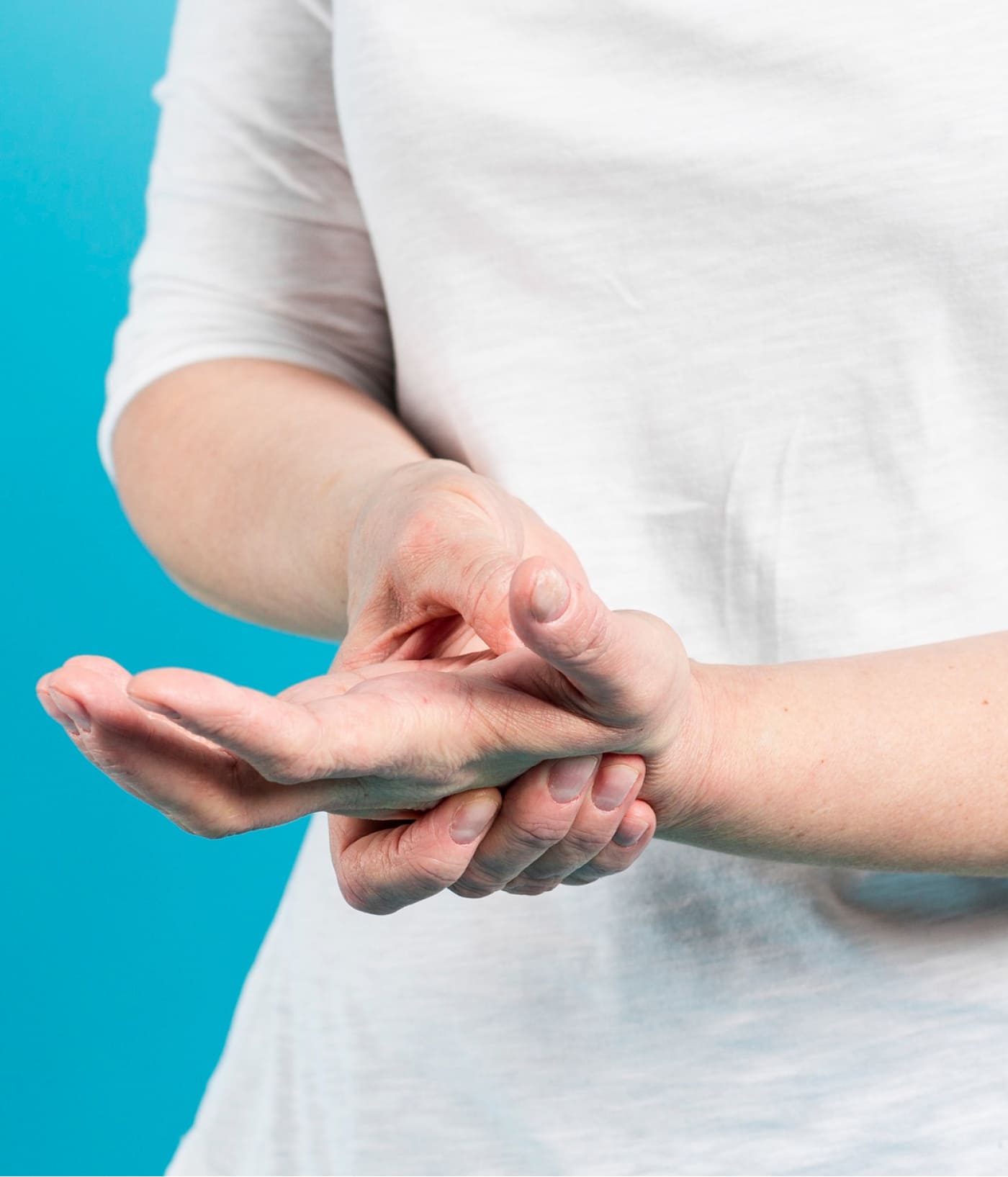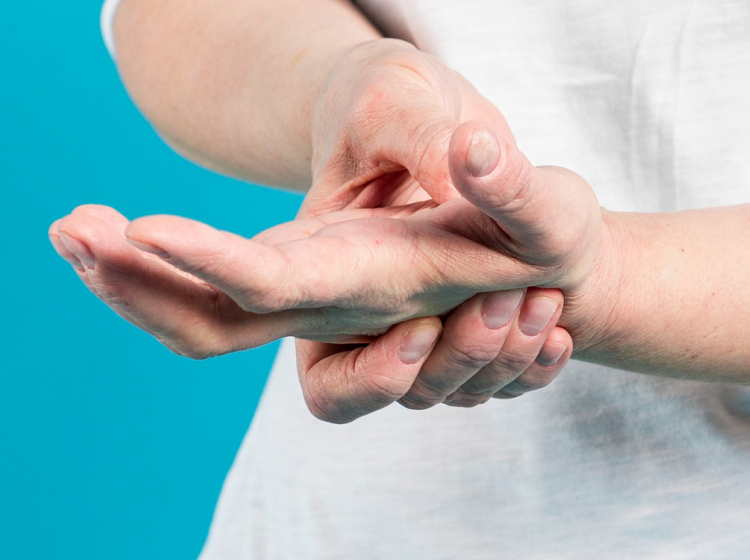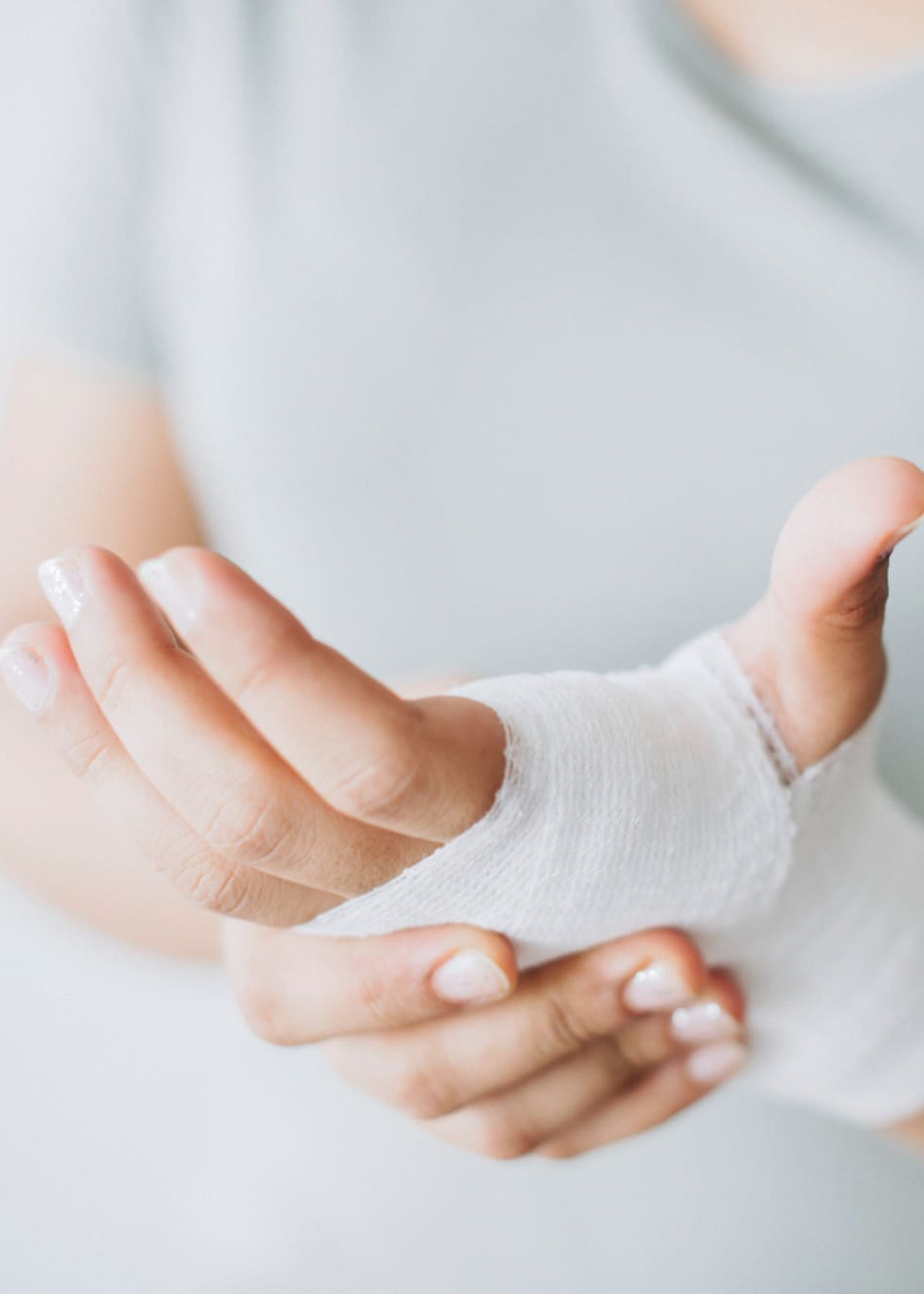Prevention of Osteoarthritis
Lifestyle modifications
Making lifestyle modifications can help reduce the risk of certain conditions and improve overall health. This may include maintaining a healthy weight, quitting smoking, reducing alcohol intake, and managing stress.
Joint-protecting exercises
Certain exercises can help improve joint health and reduce the risk of injury. Low-impact exercises such as walking, swimming, and cycling can be beneficial for maintaining joint health.
Nutritional support
Proper nutrition is important for overall health and can help support joint health as well. A diet rich in fruits, vegetables, lean protein, and healthy fats can provide the nutrients needed for joint health. It may also be beneficial to include supplements such as omega-3 fatty acids and vitamin D.






